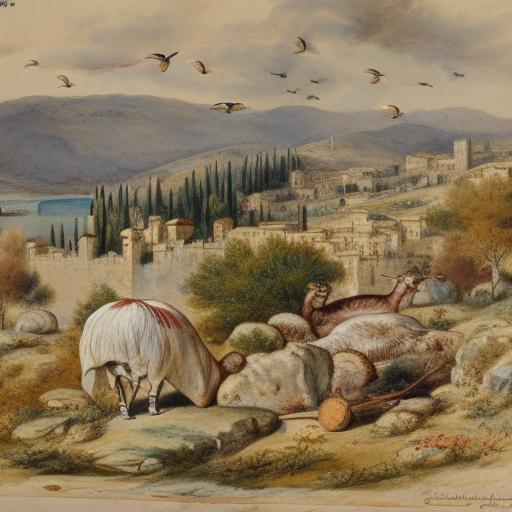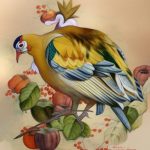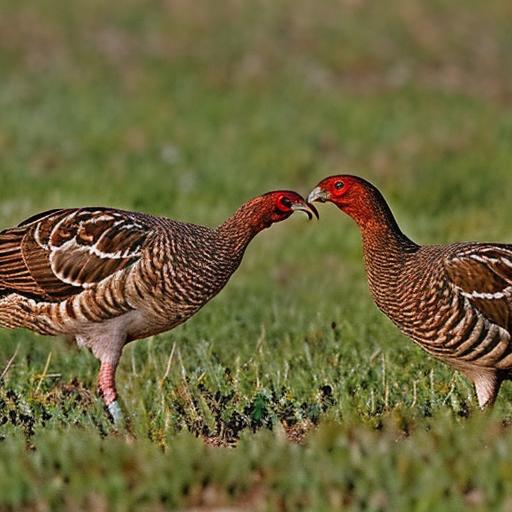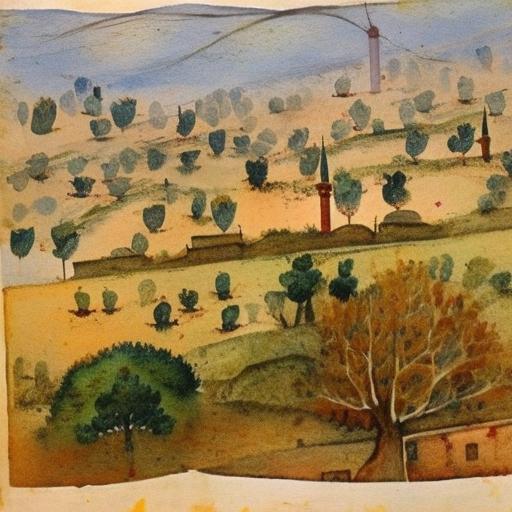Turkey breeds are a diverse group of domesticated birds that have been selectively bred for various purposes, including meat production, exhibition, and conservation. There are several different breeds of turkeys, each with its own unique characteristics and traits. These breeds can be categorized into heritage breeds, broad-breasted breeds, wild turkey subspecies, exhibition breeds, rare breeds, and commercial breeds. Each breed has its own distinct history, appearance, and purpose, making them a fascinating subject for poultry enthusiasts and farmers alike.
Key Takeaways
- Turkey breeds come in a variety of types, each with its own unique characteristics and uses.
- Heritage breeds are traditional breeds that have been raised for generations and are known for their hardiness and flavor.
- Broad breasted breeds are popular for commercial production due to their fast growth and large breast size.
- Wild turkey subspecies are the original, wild counterparts to domesticated turkeys and are found in different regions of North America.
- Exhibition breeds are bred for their unique and attractive physical characteristics and are often shown in poultry shows.
Heritage Breeds
Heritage turkey breeds are traditional breeds that have been raised for centuries and are known for their natural mating abilities, hardiness, and flavorful meat. Some popular heritage breeds include the Bourbon Red, Narragansett, and Standard Bronze. These breeds are often favored by small-scale farmers and homesteaders who are interested in preserving genetic diversity and raising birds in a more natural and sustainable manner. Heritage turkeys are known for their ability to forage for food and thrive in outdoor environments, making them well-suited for free-range and pasture-based production systems. These breeds are also valued for their unique color patterns and plumage, making them popular choices for exhibition and heritage conservation programs.
On the other hand, heritage turkey breeds are also known for their slower growth rates and smaller breast sizes compared to commercial breeds. This makes them less suitable for large-scale meat production and has led to a decline in their popularity in the commercial market. However, there is a growing interest in heritage breeds among consumers who are seeking more flavorful and ethically raised meat products. As a result, there has been a resurgence in the popularity of heritage turkey breeds in recent years, with many small-scale farmers and specialty markets offering these unique birds to consumers.
Broad Breasted Breeds
Broad-breasted turkey breeds are the most common type of turkey raised for meat production in the United States. These breeds have been selectively bred for their rapid growth rates, large breast sizes, and high feed conversion efficiency. The most popular broad-breasted turkey breeds include the Broad Breasted White and Broad Breasted Bronze. These birds are known for their fast growth and high meat yields, making them well-suited for commercial production systems. However, their rapid growth can also lead to health issues such as leg problems and heart disease if not managed properly.
Broad-breasted turkey breeds are typically raised in confinement systems and are fed a diet high in protein and energy to promote rapid muscle development. While these birds are efficient at converting feed into meat, they are often criticized for their lack of natural mating abilities and susceptibility to health problems. As a result, there has been a growing interest in alternative production systems that prioritize animal welfare and environmental sustainability. Despite these challenges, broad-breasted turkey breeds remain the most widely available type of turkey in the commercial market due to their high meat yields and cost-effective production.
Wild Turkey Subspecies
Wild turkey subspecies are the original ancestors of domesticated turkeys and are found in various regions across North America. These birds have been hunted by indigenous peoples for thousands of years and are known for their elusive nature and impressive survival instincts. There are several different subspecies of wild turkeys, each with its own unique range, habitat preferences, and physical characteristics. Some of the most well-known subspecies include the Eastern wild turkey, Osceola wild turkey, Rio Grande wild turkey, Merriam’s wild turkey, and Gould’s wild turkey.
Wild turkey subspecies are valued for their role in maintaining healthy ecosystems and providing recreational opportunities for hunters. These birds play a crucial role in controlling insect populations, dispersing seeds, and providing food for predators such as coyotes and bobcats. In addition, wild turkeys are highly adaptable and can thrive in a variety of habitats, including forests, grasslands, and agricultural landscapes. However, habitat loss, overhunting, and predation have led to declines in wild turkey populations in some areas, prompting conservation efforts to protect these iconic birds.
Exhibition Breeds
Exhibition turkey breeds are raised primarily for their ornamental value and are often showcased at poultry shows and fairs. These breeds are known for their striking color patterns, unique feather shapes, and regal appearances. Some popular exhibition turkey breeds include the Royal Palm, Narragansett, and Black Spanish. These birds are prized for their beauty and are often used as ambassadors for promoting the diversity of domesticated turkey breeds.
Exhibition turkey breeds require special care and attention to maintain their pristine plumage and overall health. They are often raised in controlled environments to protect their delicate feathers from damage and are provided with high-quality diets to support their vibrant coloration. While exhibition turkeys may not be as well-suited for meat production as other breeds, they play an important role in preserving genetic diversity and promoting public awareness of the unique traits and characteristics of domesticated turkeys.
Rare Breeds

Rare turkey breeds are lesser-known varieties that are at risk of extinction due to declining population numbers and limited genetic diversity. These breeds often have historical significance and unique traits that make them valuable for conservation purposes. Some rare turkey breeds include the Midget White, Jersey Buff, and White Holland. These birds may have specific genetic traits that make them well-suited for specific production systems or environmental conditions, making them important resources for future breeding programs.
Conservation efforts for rare turkey breeds often involve establishing breeding programs, promoting public awareness, and collaborating with poultry enthusiasts to increase population numbers and genetic diversity. Organizations such as the Livestock Conservancy work to identify at-risk breeds and develop strategies to preserve their unique genetic traits for future generations. By raising awareness about the value of rare turkey breeds, these organizations hope to ensure that these birds continue to contribute to genetic diversity and sustainable agriculture.
Commercial Breeds
Commercial turkey breeds are specifically bred for efficient meat production in large-scale agricultural operations. These birds are selected for their rapid growth rates, high feed conversion efficiency, and large breast sizes to meet the demands of the commercial market. The most common commercial turkey breed is the Broad Breasted White, which has been developed through decades of selective breeding to maximize meat yields and production efficiency.
Commercial turkey production is a highly specialized industry that requires careful management of flock health, nutrition, and housing to ensure optimal growth and meat quality. These birds are typically raised in controlled environments such as barns or poultry houses to provide protection from predators and adverse weather conditions. They are fed a carefully formulated diet that supports rapid muscle development while minimizing health issues associated with fast growth.
In conclusion, domesticated turkey breeds encompass a wide range of varieties that have been selectively bred for different purposes over centuries of human interaction with these fascinating birds. From heritage breeds valued for their natural mating abilities and flavorful meat to commercial breeds optimized for efficient meat production, each breed has its own unique characteristics and traits that make it valuable for specific production systems or conservation efforts. By understanding the diverse array of turkey breeds available today, poultry enthusiasts can appreciate the rich history and genetic diversity of domesticated turkeys while contributing to their preservation for future generations.
If you’re interested in learning about the different breeds of turkey, you might also want to check out this article on The Chicken Coop Country Diner. It provides valuable insights into creating a comfortable and functional space for your poultry, which is essential for raising healthy and happy turkeys. Understanding the various turkey breeds is just one aspect of successful poultry farming, and creating the right environment for them is equally important.
FAQs
What are the different breeds of turkey?
There are several different breeds of turkey, including the Broad Breasted White, Broad Breasted Bronze, Bourbon Red, Narragansett, and Royal Palm.
What are the characteristics of the Broad Breasted White turkey?
The Broad Breasted White turkey is known for its large size, fast growth rate, and broad breast. It is the most common breed of turkey raised for meat production in the United States.
What are the characteristics of the Broad Breasted Bronze turkey?
The Broad Breasted Bronze turkey is similar to the Broad Breasted White in terms of size and growth rate, but it has a distinctive bronze coloration on its feathers.
What are the characteristics of the Bourbon Red turkey?
The Bourbon Red turkey is known for its rich, mahogany-red plumage and excellent flavor. It is a heritage breed that is popular among small-scale farmers and backyard enthusiasts.
What are the characteristics of the Narragansett turkey?
The Narragansett turkey has a unique color pattern, with black and gray feathers accented by bands of chestnut brown. It is a heritage breed known for its excellent foraging abilities.
What are the characteristics of the Royal Palm turkey?
The Royal Palm turkey is a small, striking breed with white plumage accented by metallic black and bronze markings. It is primarily raised for exhibition and ornamental purposes.
Meet Walter, the feathered-friend fanatic of Florida! Nestled in the sunshine state, Walter struts through life with his feathered companions, clucking his way to happiness. With a coop that’s fancier than a five-star hotel, he’s the Don Juan of the chicken world. When he’s not teaching his hens to do the cha-cha, you’ll find him in a heated debate with his prized rooster, Sir Clucks-a-Lot. Walter’s poultry passion is no yolk; he’s the sunny-side-up guy you never knew you needed in your flock of friends!







